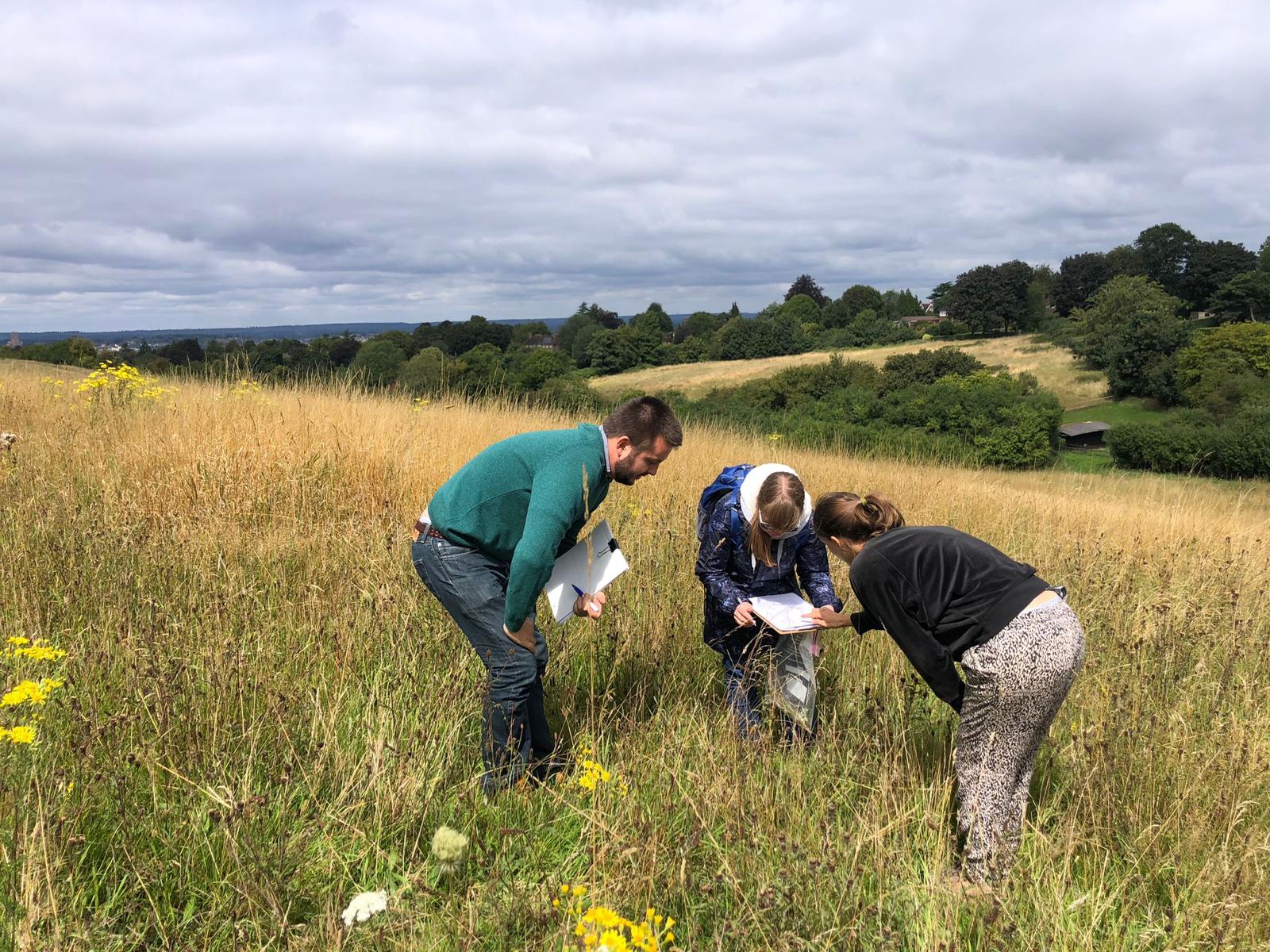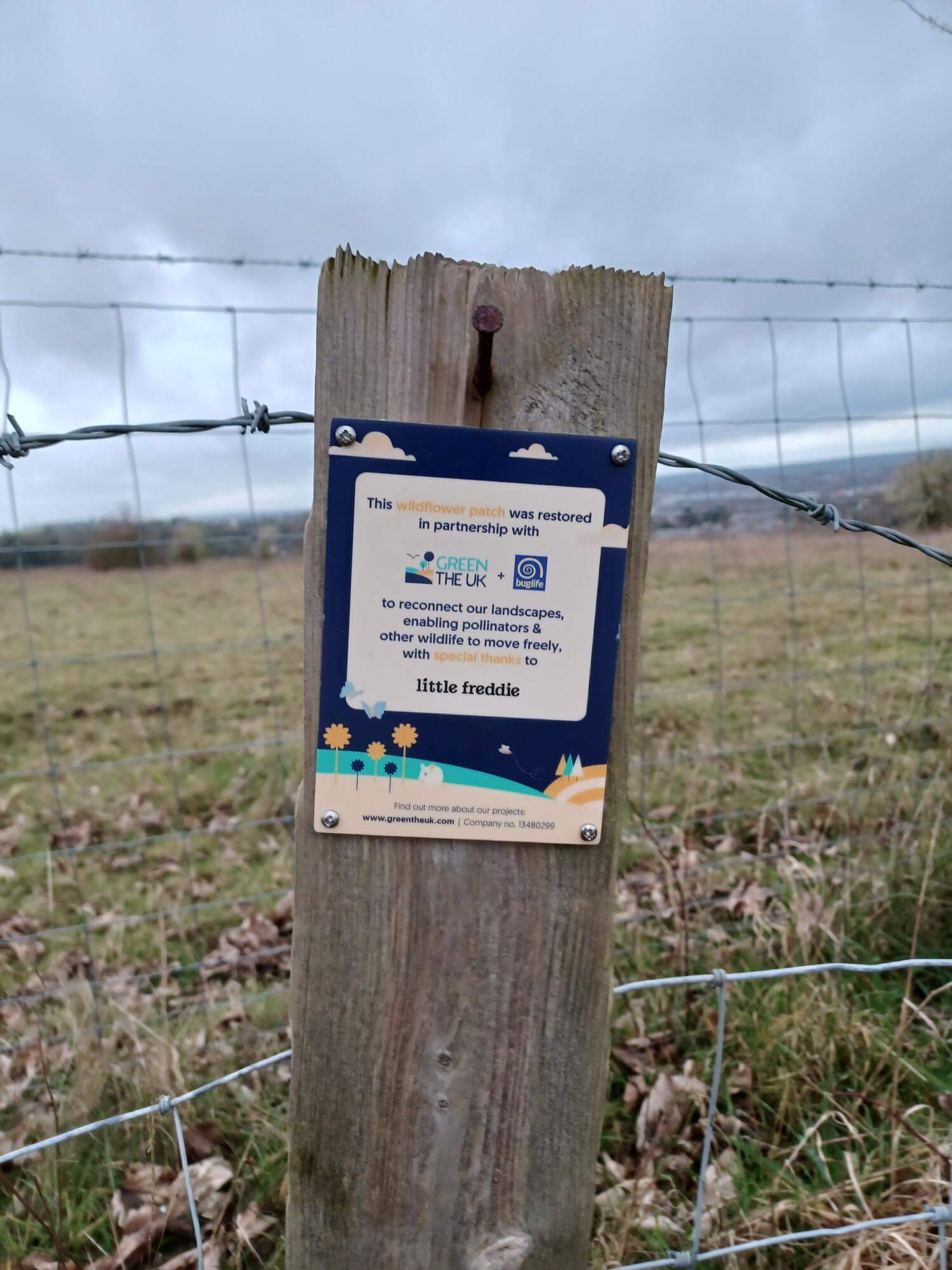Little Freddie supported the planting of 1 hectare of wildflowers in the UK in 2023
Little Freddie is part of an imaginative and beautiful solution to the problem of the loss of flowers and pollinators in the UK. Not only are wildflowers attractive and beneficial to our well-being, but for the thousands of pollinating insects, wildflowers are critical.
Since 1940 we’ve lost ninety seven percent of our flower rich meadows and hundreds of our pollinator species are in decline. In areas, our local wildlife finds itself in isolated oases, walled in by agricultural land, urban landscapes, roads, and gardens.
Our solution is to restore B-Lines – a network of insect pathways along which we are restoring and creating wildflower rich habitat. These insect super highways created in partnership with GreenTheUK and Buglife will extend across the whole of the UK, allowing wildlife to move freely through our countryside and towns. Thanks to Little Freddie, we have created a network of flower-rich pathways benefitting pollinators, other wildlife and people.

Wildflower Restoration in Surrey (1 hectare)
Little Freddie’s generous contribution has gone towards crucial conservation efforts at Rosamund Meadows Chalk Grassland Reserve, located just outside Guildford in Surrey. Chalk Grasslands are often referred to as 'Europe's Tropical Rainforests' due to their remarkable biodiversity, with up to forty different plant species occurring within a single square meter. These habitats are of immense significance for invertebrates, with many rare and endangered species exclusively within Chalk Grassland sites like Rosamund Meadows.
Chalk grassland plants, including orchids, kidney vetch, birds foot trefoil, marjoram, milkwort, wild thyme, salad burnet, wild basil, and wild strawberry will not only enhance the visual appeal of the area, but also serve as vital sources of food and forage for the rare invertebrates inhabiting Rosamund Meadow such as the endangered small blue butterfly and solitary green-eyed flower bee.
Wildflowers & Grasses Planted

UN's Sustainable Development Goals
As a GreenTheUK partner, you support projects that are in line with the UN Sustainable Development Goals.

Take urgent action to combat climate change and its impacts.

Sustainably manage forests, combat desertification, halt and reverse land degradation, halt biodiversity loss.









































.jpg)
.jpg)